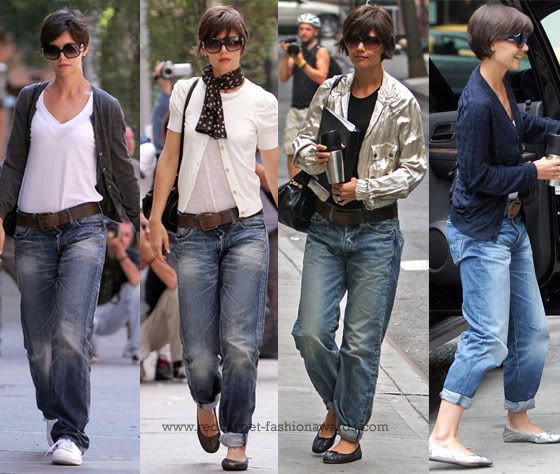A wedding is a ritual function that ties two human beings together in knot; it celebrates the beginning of marriage and new life of the couple and their families. The ethnicity and the customs related to wedding vary greatly between cultures, religions, social classes, countries, areas, ethnic groups etc. In various religions and regions the actual act of marriage begins during the wedding ceremony, various also follow few rules and regulations like signing a marriage license or certificate or other legal documents, people of all caste and customs celebrate the big in their life with their family, relatives, friends, and with near & dear ones. It is a big opportunity to perform a traditional ceremony and celebration. The woman who is getting married is called as bride and the men being married is known as groom, and after ceremony they are known as husband and wife or wedded couple. Most wedding ceremony consists of wedding vows and a proclamation of marriage generally weeks back, usually by the two families, wedding also

involves wearing traditional clothes, a wedding ceremony is often followed by a wedding reception, and this reception is generally hosted by groom’s family. The basic other things or elements that are necessary to complete include music, prayers or scripture. The marriage marks the departure of the bride’s departure from her father’s house and entry to a new family with her new husband.
Wedding in Indian culture are very bright, and the occasion looks very warm and attractive, the ceremony is filled with many rituals and celebrations, the rituals generally starts many days before the marriage and ends up after three to four days after marriage. Due to diversity in cultures the style of wedding, duration of ceremony, rituals and the ceremony may vary greatly amongst various regions, castes and states. The Christians of India generally follow customs that are followed by western countries; the wedding ceremony is known as western wedding ceremony. Indian Hindus, Sikhs and other religion follow rituals that are very different to that one followed in the western countries. The wedding ceremonies generally began with tilak ceremony (a part of rituals performed by groom’s family, a ceremony for bride adorning her hands and feet with henna accompanied by ladies music, they perform the music themselves and the lyrics are assumed to be composed by our great ancestors. On the wedding day the groom’s family and friends come to the wedding place dancing and singing, they are given a warm welcome by the bride’s family at the entrance, and then religious rituals take lace to celebrate the wedding according to the religion of the couple. Groom wears a suit or traditional sherwani and the bride wears sari or lehnga etc. After the completion of all the rituals, prayers, the bride departs the place with her husband. The wedding is followed by a reception by the groom’s parents at the groom’s place; people congratulate and give blessing to the couple by giving money and gifts. Marriage marks the beginning of a new life of two persons.





 involves wearing traditional clothes, a wedding ceremony is often followed by a wedding reception, and this reception is generally hosted by groom’s family. The basic other things or elements that are necessary to complete include music, prayers or scripture. The marriage marks the departure of the bride’s departure from her father’s house and entry to a new family with her new husband.
involves wearing traditional clothes, a wedding ceremony is often followed by a wedding reception, and this reception is generally hosted by groom’s family. The basic other things or elements that are necessary to complete include music, prayers or scripture. The marriage marks the departure of the bride’s departure from her father’s house and entry to a new family with her new husband.